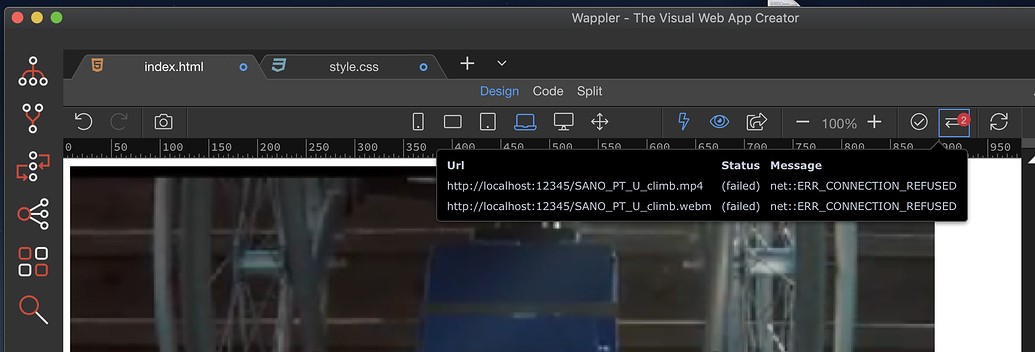

- MIRRORSYNC CONNECTION ERRORS HOW TO
- MIRRORSYNC CONNECTION ERRORS VERIFICATION
- MIRRORSYNC CONNECTION ERRORS CODE
- MIRRORSYNC CONNECTION ERRORS FREE
Be sure to set up the verification system to ensure the effectiveness of persistent connections when you are using them.
MIRRORSYNC CONNECTION ERRORS FREE
The server configures a timeout mechanism to close a connection that has been in an idle state for some time to free up resources. For more information, see Apache common DBCP.
MIRRORSYNC CONNECTION ERRORS CODE
After the program has finished using the database connection, the connection is recovered in preparation for further use, rather than simply being closed down.įor better illustration, this article provides a piece of sample code that uses JAVA as an example. When a program requests a database connection, it prioritizes the allocation of existing idle database connections, rather than the creation of a new connection. Database connection pooling handles the creation, management, and allocation of database connections. We strongly recommend using database connection pooling or persistent connections to connect to Azure Database for MySQL. To optimize the performance of your application, the goal should be to reduce the number of times connections are established and time for establishing connections in key code paths. Managing database connections can have a significant impact on the performance of the application as a whole. Access databases by using connection pooling (recommended)
MIRRORSYNC CONNECTION ERRORS HOW TO
The below section explains how to use connection pooling or persistent connections to more effectively access Azure Database for MySQL. Connect efficiently to Azure Database for MySQLĭatabase connections are a limited resource, so making effective use of connection pooling to access Azure Database for MySQL optimizes performance. Your application should handle the brief downtime that is encountered during this operation without any problems. For example, try to execute your code while scaling up or down the compute resources of your Azure Database for MySQL server. When your program communicates with Azure Database for MySQL through third-party middleware, ask the vendor whether the middleware contains retry logic for transient errors. It will fail indicating a duplicate key violation if the unique ID was previously stored because the previous transaction completed successfully. It will succeed if the previous transaction was rolled back and the client-generated unique ID does not yet exist in the system. This way you can safely retry the transaction. You pass this unique ID as part of the transaction to the server and to store it in a column with a unique constraint. One way of doing this, is to generate a unique ID on the client that is used for all the retries. In that case, you might just not have received the commit acknowledgment from the database server. If however the transaction was also writing to the database, you must determine if the transaction was rolled back, or if it succeeded before the transient error happened. There are two cases: If the transaction was read-only in nature, it is safe to reopen the connection and to retry the transaction. When a connection with an active transaction fails, it is more difficult to handle the recovery correctly.


You can use your Azure Database for MySQL again.

When you succeed, the transient error has been mitigated by the system. The first and second case are fairly straight forward to handle. An active connection that currently is executing a command is dropped.When you try to issue a command it can't be executed An idle connection is dropped on the server side.An error occurs when you try to open a connection.Transient errors should be handled using retry logic. Assume they can happen in any component at any time and to have the appropriate logic in place to handle these situations. A best practice for designing and developing applications in the cloud is to expect transient errors. Most of these events are automatically mitigated by the system in less than 60 seconds. Another reason could be a new version of a PaaS service that is being rolled out. Transient errors can occur for example when hardware or network failure happens. Also new connections to a server can't be opened. Most typically these errors manifest as a connection to the database server being dropped. Transient errorsĪ transient error, also known as a transient fault, is an error that will resolve itself. This article describes how to handle transient errors and connect efficiently to Azure Database for MySQL.


 0 kommentar(er)
0 kommentar(er)
